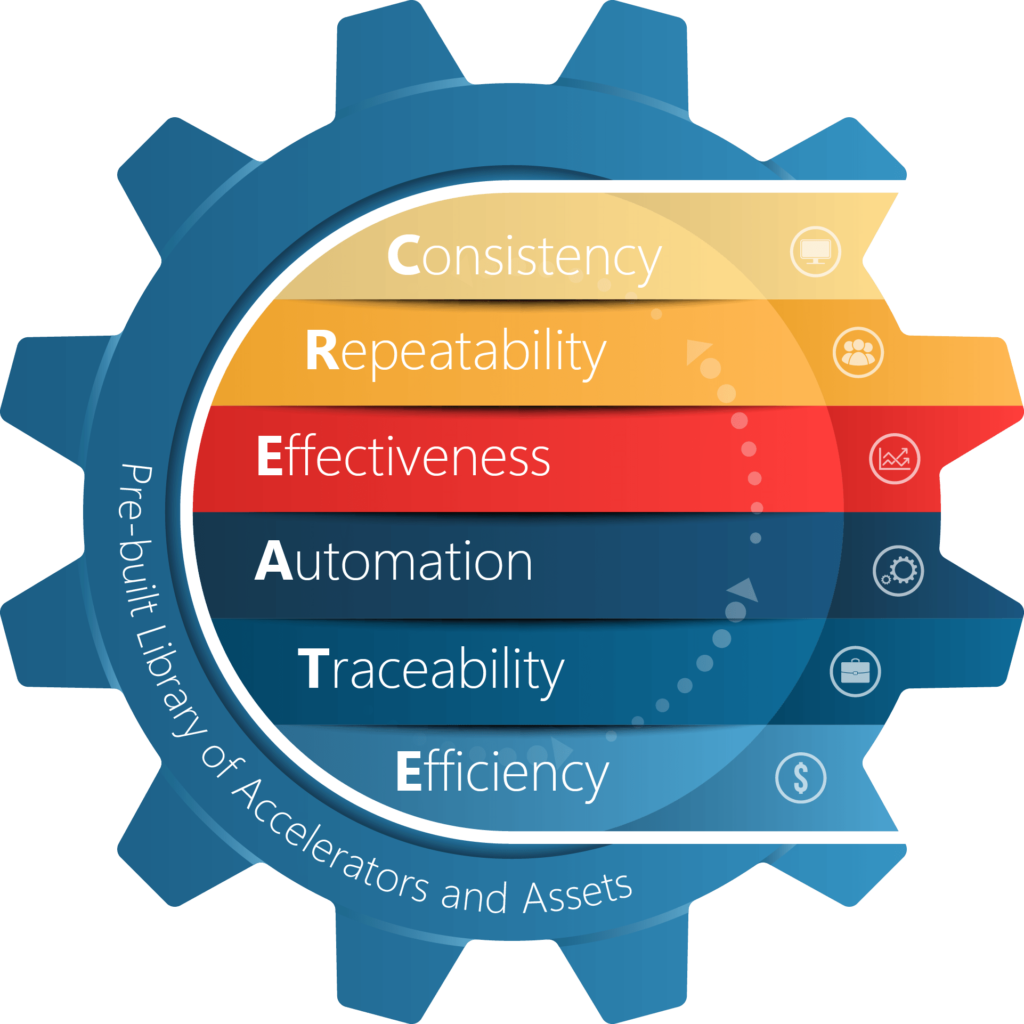Traceability emerges as a key enabler for driving intelligence across configuration, implementation, and daily operations. As businesses expand, customer expectations evolve, and regulatory demands intensify, maintaining traceability becomes paramount for sustained success.
|
Failure to enforce traceability in cloud operations can lead to several problems, including:
- Difficulty in troubleshooting, increasing downtime and operational inefficiencies.
- Compliance risks and regulatory penalties due to an inability to demonstrate adherence to security and governance requirements.
- Lack of accountability, hindering effective collaboration and decision-making.
- Increased security vulnerabilities, exposing the cloud environment to breaches and data leaks.
|
To avoid these issues and unlock the full potential of cloud intelligence, here are four practical best practices for employing traceability.
| Establish Clear Documentation Practices |
- Document all aspects of cloud configurations, implementations, and operational processes in detail. Maintain comprehensive records of changes, updates, and interactions within the cloud environment. Clear documentation practices facilitate traceability by providing a transparent audit trail of activities, enabling organizations to track changes, identify root causes, and assess the impact of modifications.
|
| Implement Version Control Systems |
- Utilize version control systems to manage changes to cloud configurations and code repositories. Version control systems enable organizations to track revisions, rollback changes if necessary, and collaborate effectively across teams. By implementing version control, organizations ensure traceability by maintaining a history of changes and facilitating collaboration and accountability.
|
| Utilize Monitoring and Logging Solutions |
- Deploy robust monitoring and logging solutions to capture real-time data and insights from cloud environments. Monitor performance metrics, resource utilization, and system logs to gain visibility into cloud operations. Analyze monitoring data to identify patterns, anomalies, and trends that may impact performance or security. By leveraging monitoring and logging solutions, organizations enhance traceability by capturing relevant information and facilitating analysis and troubleshooting
|
| Adopt Automated Configuration Management |
- Implement automated configuration management solutions to enforce consistency and reliability across cloud environments. Utilize configuration management tools to automate the provisioning, deployment, and management of cloud resources. By standardizing configurations and enforcing policies through automation, organizations ensure traceability by reducing the likelihood of manual errors and deviations from desired states.
|
Traceability is critical for enabling intelligence in the cloud as businesses navigate growth, evolving customer demands, and regulatory complexities. By adhering to these best practices, organizations can establish a solid foundation for operational excellence, driving efficiency, agility, and innovation. Embrace traceability as a strategic imperative to unlock new possibilities and achieve lasting success in the cloud.

Traceability is one of six core principles from The AES Group’s CREATE cloud architecture principles from which our Cloud Intelligence Platform is built on. Our Cloud Intelligence Platform is a pre-built library of AI/ML-infused accelerators and assets that address the growing complexities of cloud infrastructure of companies across industries resulting to cloud misconfiguration and waste.
To learn more about our Cloud Intelligence Platform, contact us at [email protected].

